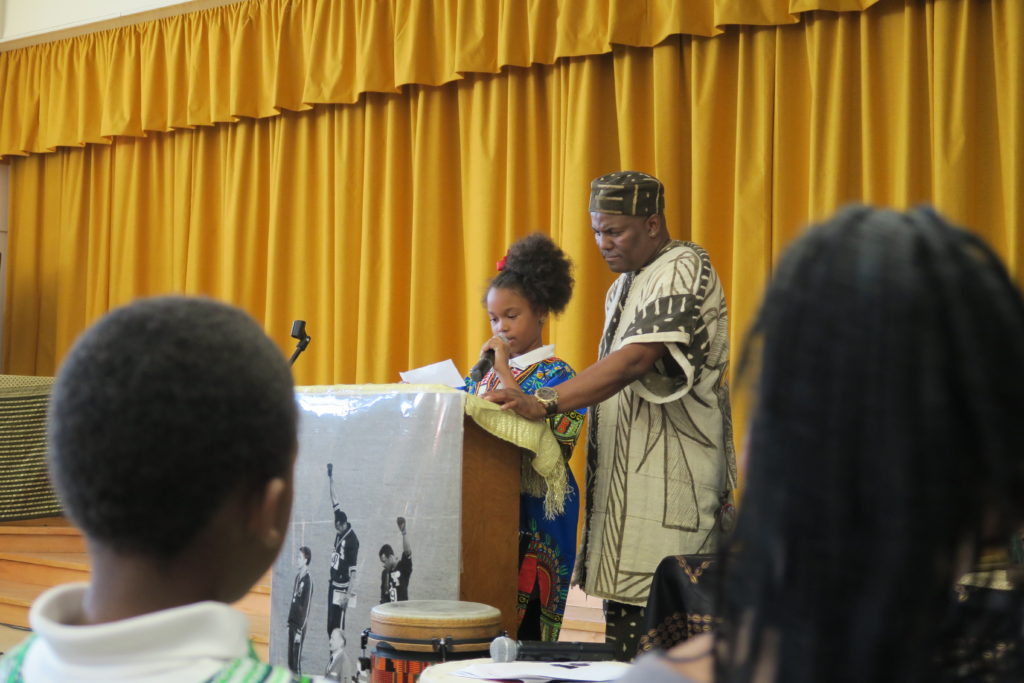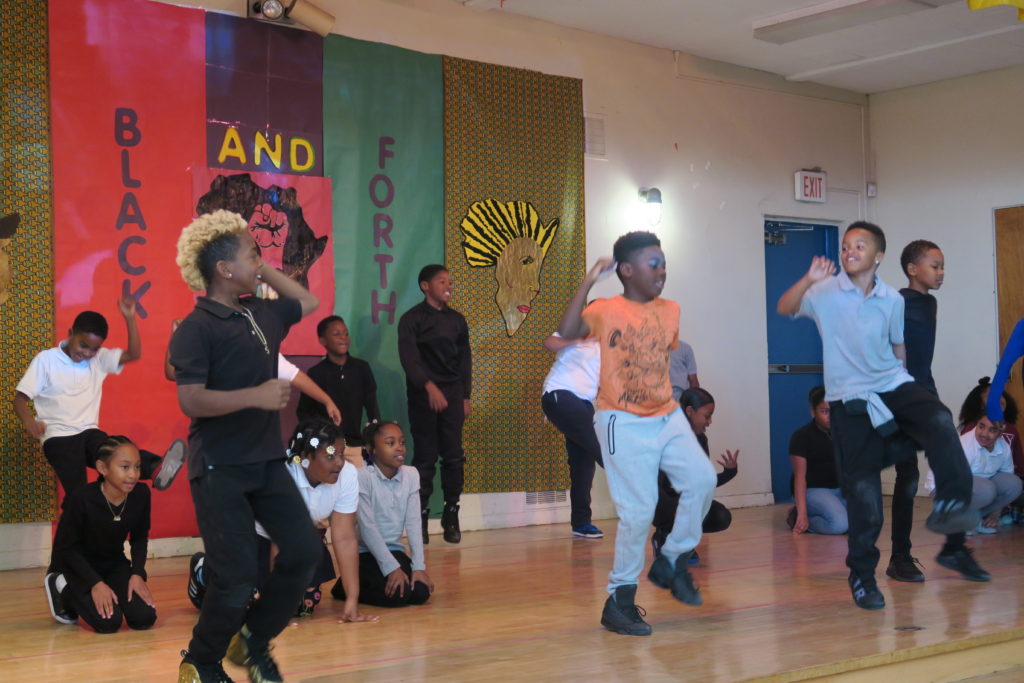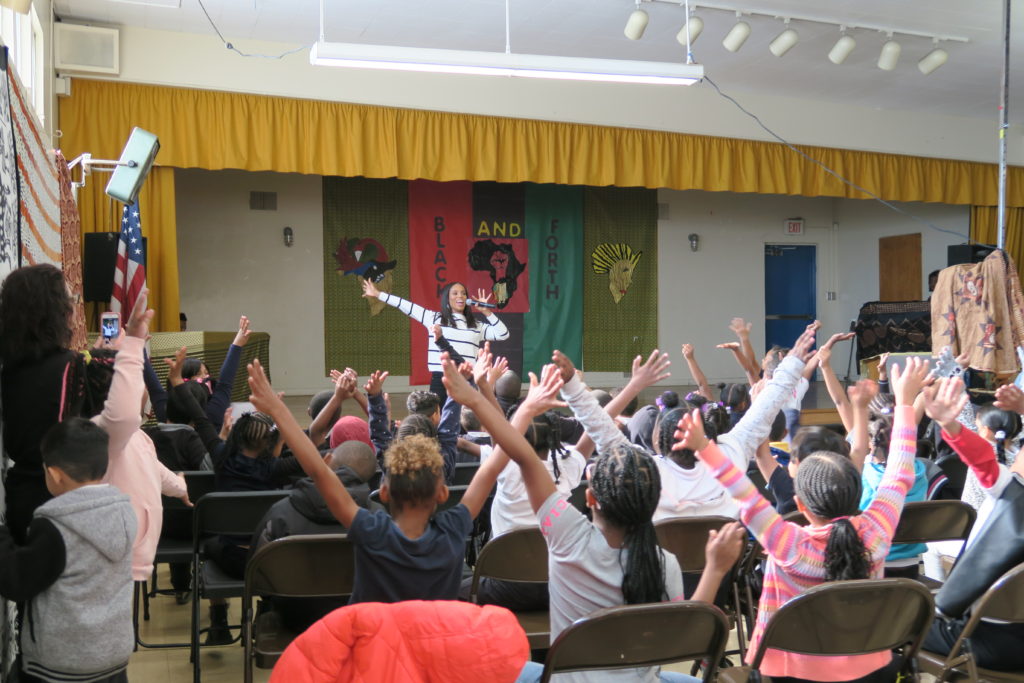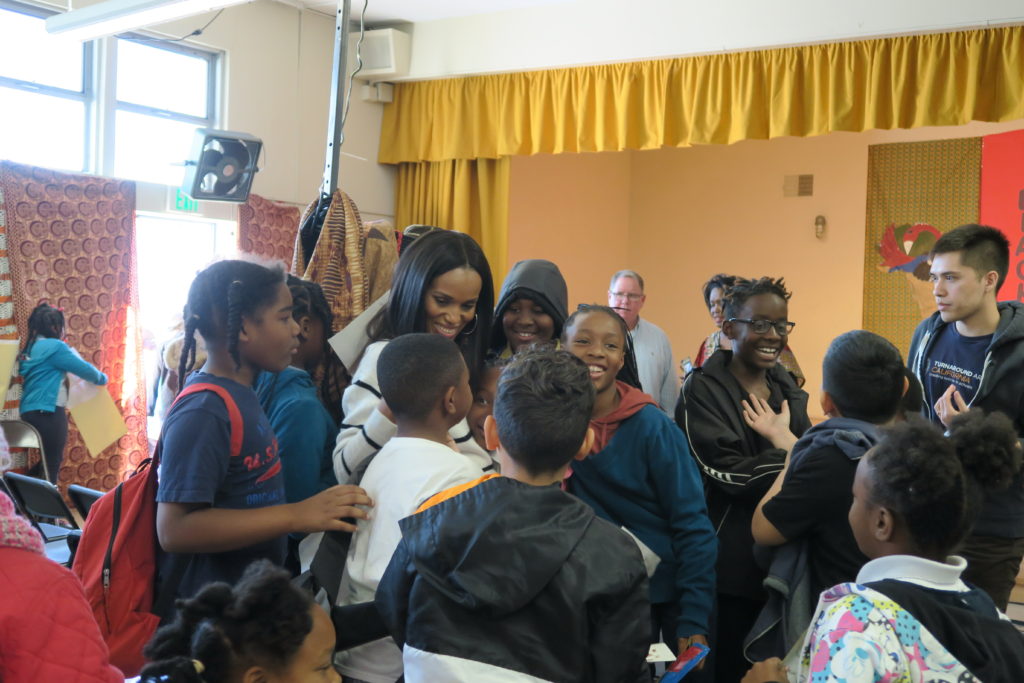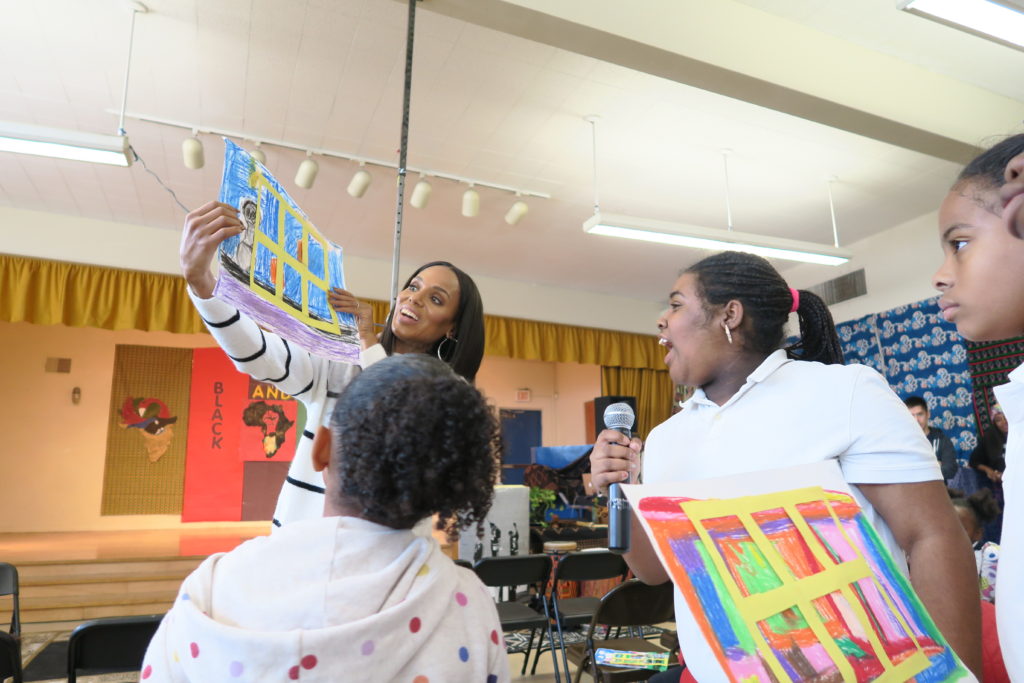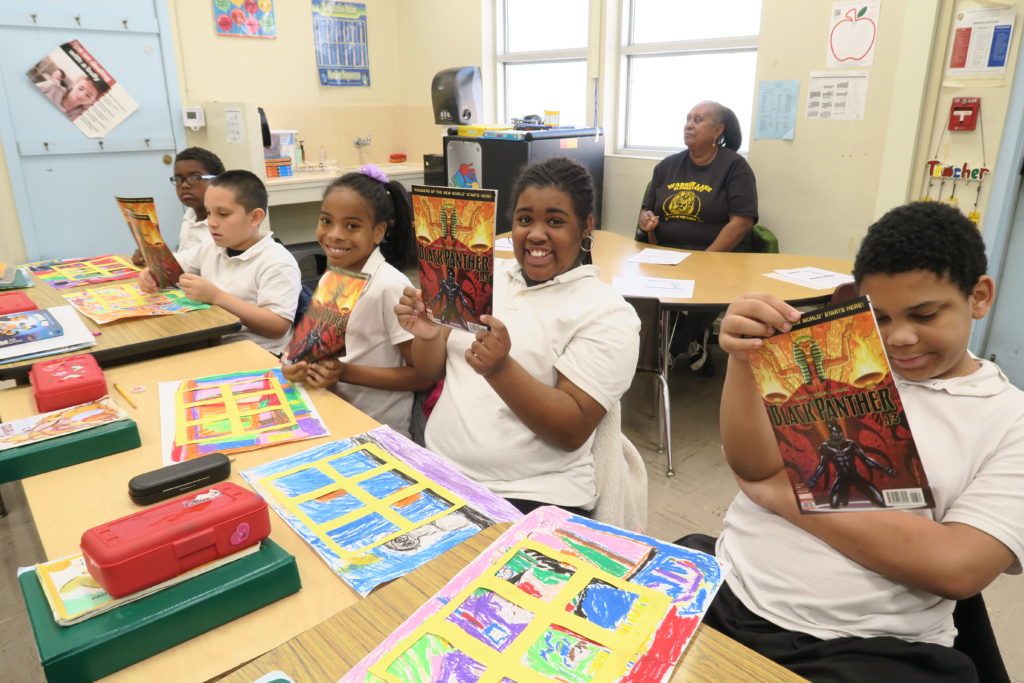by Laura Compton, Science teacher at Willard Intermediate School (Santa Ana, CA)
Though one will be hard-pressed to deny the importance of the arts in a school’s curriculum, its place in the worlds of science, math, technology, and engineering may be more difficult to pinpoint. Volcano projects, habitat dioramas, jello mold cells… is that all that arts integration within a science curriculum is? While these projects do bring an art component to the curriculum, they fall short of showing mastery of the Next Generation Science Standards (NGSS).
How can art be integrated into science curriculum to effectively show understanding of the NGSS performance expectations?
The answer lies in collaboration.
As a middle school science teacher, I need STEM (Science, Technology, Engineering, and Math) to manifest into STEAM (Science, Technology, Engineering, Art, and Math): in which art must work side-by-side with one or more of the disciplines in the acronym. As arts integration educators, we incorporate art within math and technology, just as we do with science.
While planning my Evolution and Extinction curriculum, I wanted to make science and art work together to enhance the students’ learning experiences. I began to research, scour the internet, and seek advice from my coworkers for ideas on how to effectively integrate art into science.
I found my answer on one of my Facebook group pages: a fellow science teacher posted her students’ poetry that she had them create to show their knowledge of space. They were beautiful and truly showed her students’ knowledge of the content. They were called Blackout Poems.
“Blackout Poetry uses the pages of an existing text to isolate, then piece together single words or short phrases from these texts to create lyrical masterpieces. Creating a blackout poem involves steps that are all about deconstruction then reconstruction.”
– John DePasquale’s Blackout Poetry
I needed to incorporate Next Generation Science Standard MS-LS4-4 into my lesson. According to NGSS, students who demonstrate understanding in this standard can “construct an explanation based on evidence that describes how genetic variations of traits in a population increase some individuals’ probability of surviving and reproducing in a specific environment.”
The students needed to understand natural selection before they could explain it, and if they were able to do so successfully, then they could construct a piece of poetry to showcase this knowledge.
With a high population of English Language Learners (ELL) and low lexile readers, I began the lesson with a whole group reading strategy using Naturally Selected to Survive an article found on Readworks.com.
Using a reading comprehension strategy similar to Marking, we were able to:
- Review important vocabulary words.
- Highlight the author’s claims.
- Annotate these highlights.
- Connect highlights to our Next Generation Science Standard, MS-LS4-4.
Using this strategy ensured that the students were familiar with the text. In addition, by asking the students to isolate the key words and themes from the reading, and then piecing them together, I could assess the student’s knowledge of natural selection!
I instructed the students using these steps:
- Scan the text for anchor words, one word on the page that stands out because of its meaning or significance. Select three to four anchor words that convey understanding of natural selection.
- Read the article in its entirety. Circling words that relate to the anchor words chosen.
- Using a new blank piece of paper, write the words in the same place they appear on the text.
- Here’s where the creativity begins: select words, without changing their order, so they can be pieced together to create a poem.

- When the poem is completed, return to the original text. Erase the circled words that are not used for the poem and emphasize the words that are going to be highlighted.
- Draw over “blacked out” words with an illustration that emphasizes the meaning of the poem.
My students couldn’t get enough of this project. Some of them made two, three, even four pieces of poetry! The best part? Students had to read the text three to five times. They were reading it, learning about science concepts, and loving using art and science together!
See below for students’ written statements about their Blackout Poetry, where they reflect on their science and art learning from the project, and articulate how the arts deepened their motivation and interest levels.
I would love to share and collaborate.
Twitter/instagram: @Compton1206, @WillardInt






